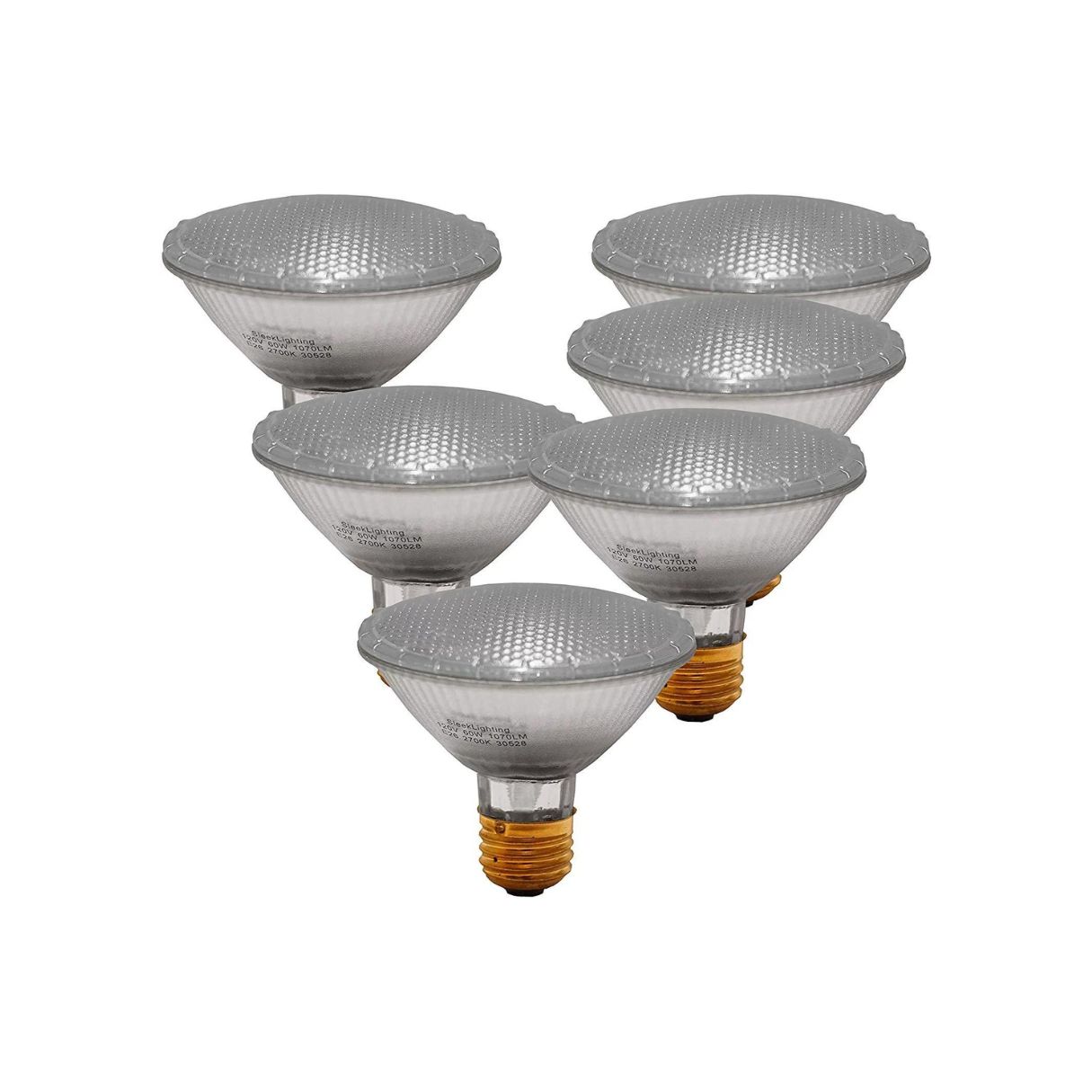

Articles
What Is A Flood Light Bulb?
Modified: February 28, 2024
Discover everything you need to know about flood light bulbs in our insightful articles. Illuminate your space with these bright and energy-efficient options.
(Many of the links in this article redirect to a specific reviewed product. Your purchase of these products through affiliate links helps to generate commission for Storables.com, at no extra cost. Learn more)
Introduction
Welcome to the world of flood light bulbs! If you are looking to illuminate large outdoor areas, provide enhanced security, or simply create a vibrant ambiance for your outdoor space, then flood light bulbs are your perfect solution. These powerful and versatile lighting options have gained immense popularity due to their ability to illuminate a wide area with a bright and focused beam of light.
A flood light bulb, also known as a spotlight bulb, is a lighting fixture that produces a broad and intense beam of light. It is designed to distribute light over a wide area, making it ideal for illuminating outdoor spaces such as yards, gardens, driveways, parking lots, and even sports fields.
Whether you want to accentuate the architectural features of your home, enhance visibility during nighttime activities, or provide an added layer of security, flood light bulbs can meet your needs. They come in various types, sizes, and power options, allowing you to customize your lighting setup according to your specific requirements.
In this article, we will explore the features, types, benefits, and installation of flood light bulbs. We will also provide information on how to choose the right flood light bulb for your needs, as well as maintenance and troubleshooting tips to ensure the longevity of your lighting investment.
So, let’s shed some light on flood light bulbs and discover how they can transform your outdoor space into a well-lit, secure, and aesthetically pleasing sanctuary.
Key Takeaways:
- Flood light bulbs are versatile, energy-efficient, and durable lighting solutions designed to illuminate large outdoor areas, enhance security, and create visually appealing environments, making them an ideal choice for both residential and commercial applications.
- When choosing flood light bulbs, consider factors such as brightness, color temperature, beam angle, energy efficiency, and lifespan to ensure optimal performance and desired lighting effects. Proper installation, maintenance, and troubleshooting practices are essential for maximizing the longevity and effectiveness of flood light bulbs.
Read more: How To Change A Flood Light Bulb
Definition of Flood Light Bulb
A flood light bulb is a specialized type of lighting fixture designed to produce a powerful and concentrated beam of light that can be directed at a specific area. Unlike regular light bulbs that provide diffuse lighting, flood light bulbs are designed to distribute light over a wide area, making them suitable for illuminating large outdoor spaces and providing enhanced visibility.
These bulbs are commonly used for outdoor applications where high levels of illumination are required, such as illuminating parking lots, sports fields, gardens, and building facades. They can also be used indoors in areas that require intense and focused lighting, such as galleries, stages, and warehouses.
Flood light bulbs are typically characterized by their high lumen output, which determines the brightness of the light they emit. They are available in various wattages, allowing users to select the appropriate level of brightness based on their specific needs. Additionally, flood light bulbs come in different beam angles, ranging from narrow spotlights to wider floodlights, providing versatility in terms of the area they can illuminate.
These bulbs are often designed with durable materials that are resistant to environmental factors such as moisture, dust, and temperature variations. This makes them suitable for outdoor use, where they need to withstand harsh weather conditions.
Flood light bulbs can be installed in a variety of fixtures, including floodlights, security lights, landscape lights, and motion sensor lights. They can be powered by different types of light sources, such as LED, halogen, or metal halide, each offering its own set of advantages in terms of energy efficiency, lifespan, and color temperature.
In summary, flood light bulbs are high-intensity lighting solutions that provide powerful, concentrated, and wide-area illumination. With their versatility and ability to withstand outdoor conditions, they have become a popular choice for both residential and commercial applications.
Features of Flood Light Bulbs
Flood light bulbs offer a range of features that make them a popular choice for outdoor and indoor lighting applications. Here are some key features to consider when selecting flood light bulbs:
- High Brightness: Flood light bulbs are known for their high lumen output, providing bright and powerful illumination. This makes them ideal for lighting up large outdoor areas or creating a focal point indoors.
- Wide Beam Angle: These bulbs are designed to provide a wide beam angle, ranging from 90 to 120 degrees or even wider. This allows for the effective coverage of a large area with a single bulb.
- Adjustable Direction: Many flood light bulbs come with adjustable heads or fixtures that allow you to easily change the direction of the light beam. This flexibility enables you to focus the light exactly where it’s needed.
- Durable Construction: Flood light bulbs are built to withstand the elements. They are often made with materials that are resistant to moisture, dust, and temperature variations, ensuring their longevity in outdoor environments.
- Energy Efficiency: With the advancements in LED technology, many flood light bulbs now use LED as the light source. LED bulbs are highly energy efficient, consuming less power while still producing bright light, resulting in cost savings on energy bills.
- Long Lifespan: LED flood light bulbs have an impressively long lifespan compared to traditional lighting options. They can last up to 50,000 hours or more, reducing the need for frequent bulb replacements.
- Color Temperature Options: Flood light bulbs are available in different color temperatures, allowing you to create the desired ambiance or lighting effect. Options range from warm white, which emits a soft and cozy glow, to cool white, which provides a brighter and more vibrant light.
- Dimmable Options: Some flood light bulbs are dimmable, allowing you to adjust the brightness level according to your preference or specific lighting needs. This feature provides additional control over the lighting atmosphere.
- Compatibility: Flood light bulbs are compatible with a variety of lighting fixtures, making it easy to retrofit existing fixtures or create custom lighting setups.
- Environmentally Friendly: LED flood light bulbs are free of harmful substances like mercury and emit less heat compared to traditional bulbs. They are considered a more eco-friendly lighting option.
These features collectively make flood light bulbs a versatile and efficient solution for illuminating outdoor spaces, enhancing security, and creating a visually appealing atmosphere in both residential and commercial settings
.
Types of Flood Light Bulbs
When it comes to flood light bulbs, there are several types available on the market. Each type offers different advantages in terms of brightness, energy efficiency, and lifespan. Here are the most common types of flood light bulbs:
- LED Flood Light Bulbs: LED (Light Emitting Diode) flood light bulbs have gained significant popularity in recent years due to their energy efficiency, long lifespan, and low maintenance requirements. They provide bright and focused illumination while consuming less energy compared to traditional bulbs. LED flood light bulbs are available in various wattages, color temperatures, and beam angles, giving users the flexibility to choose the perfect option for their specific needs. They are also cooler to the touch, making them safer for outdoor use.
- Halogen Flood Light Bulbs: Halogen flood light bulbs are known for their high color accuracy and crisp white light. They offer instant brightness and can be dimmed to create the desired lighting effect. While halogen bulbs are less energy-efficient compared to LEDs, they are still more efficient than incandescent bulbs. However, they do produce more heat and have a shorter lifespan.
- Incandescent Flood Light Bulbs: Incandescent flood light bulbs are the traditional type of flood lights that have been around for a long time. They produce a warm, soft light and are often used in decorative or accent lighting applications. However, they are the least energy-efficient option and have a shorter lifespan compared to LED or halogen bulbs. Incandescent bulbs are being phased out in many countries due to their inefficiency.
- Fluorescent Flood Light Bulbs: Fluorescent flood light bulbs are a more energy-efficient alternative to incandescent bulbs. They produce a bright, cool white light and have a longer lifespan. However, they can take a few moments to reach full brightness and are not as suitable for outdoor use in cold temperatures.
- Compact Fluorescent Lamp (CFL) Flood Light Bulbs: CFL flood light bulbs are an energy-efficient option that combines the benefits of fluorescent lighting with the convenience of a compact size. They offer longer lifespans and consume less energy compared to incandescent bulbs. CFL bulbs are a cost-effective option for flood lighting, but they may contain small amounts of mercury and require proper recycling.
- Metal Halide Flood Light Bulbs: Metal halide flood light bulbs are commonly used in commercial and industrial settings where high-intensity illumination is required. They provide a bright, white light with excellent color rendering, making them suitable for outdoor sports fields, parking lots, and construction sites. However, they have a longer warm-up time and require a ballast for operation.
Each type of flood light bulb has its own unique characteristics and is suitable for specific applications. It’s important to consider factors such as energy efficiency, brightness, color temperature, and lifespan when choosing the right type of flood light bulb for your needs.
Benefits of Using Flood Light Bulbs
Flood light bulbs offer a range of benefits that make them a popular choice for outdoor and indoor lighting applications. Here are some of the key advantages of using flood light bulbs:
- Wide-Area Illumination: One of the primary benefits of flood light bulbs is their ability to illuminate a wide area. Whether you are lighting up a backyard, a parking lot, or a sports field, flood light bulbs can provide broad and even illumination, ensuring excellent visibility.
- Enhanced Security: Installing flood light bulbs around your property can enhance security by providing ample lighting that deters potential intruders. Well-lit areas make it more difficult for trespassers to hide and can give you peace of mind knowing that your property is well-protected.
- Improved Safety: Flood light bulbs can help prevent accidents and provide a safer environment. By illuminating walkways, driveways, and other outdoor areas, they ensure that obstacles and potential hazards are easily visible, reducing the risk of slips, trips, and falls.
- Aesthetic Appeal: Flood light bulbs can enhance the aesthetic appeal of your outdoor spaces by highlighting architectural features, landscapes, and focal points. Whether you want to showcase a beautiful garden or create a dramatic lighting effect for a special event, flood light bulbs can add a touch of visual beauty to any setting.
- Versatility: Flood light bulbs are highly versatile and can be used for a wide range of applications. From illuminating residential exteriors to lighting up commercial spaces, they can be customized to suit different needs and preferences. They can also be used for both indoor and outdoor lighting, offering flexibility in terms of their placement.
- Energy Efficiency: LED flood light bulbs are known for their energy efficiency. They consume significantly less energy than traditional incandescent bulbs while providing the same level of brightness. This can result in substantial energy savings on your utility bills, making them a cost-effective lighting choice in the long run.
- Long Lifespan: LED flood light bulbs have a longer lifespan compared to traditional bulbs, meaning they require less frequent replacement. This is particularly beneficial for outdoor applications where accessing and replacing bulbs can be challenging and time-consuming.
- Environmentally Friendly: LED flood light bulbs are eco-friendly options as they contain no harmful substances like mercury. They also emit less heat, reducing their impact on the environment and making them cooler to touch, thereby minimizing the risk of burns.
- Cost-Effective: While flood light bulbs may require a higher initial investment compared to traditional bulbs, their energy efficiency and long lifespan make them cost-effective in the long run. With lower energy consumption and fewer replacements, you can save money on energy bills and maintenance costs over time.
With their wide range of benefits, flood light bulbs are an excellent lighting solution for various outdoor and indoor applications. They provide enhanced visibility, security, safety, and aesthetic appeal, all while being energy-efficient and environmentally friendly. Consider incorporating flood light bulbs into your lighting setup to enjoy these benefits and transform your space.
When choosing a flood light bulb, consider the color temperature (measured in Kelvins) to ensure the right ambiance for your space. Lower Kelvins (2700-3000K) provide a warm, cozy light, while higher Kelvins (4000-5000K) offer a bright, daylight-like illumination.
Read more: How To Change Bulb In Outdoor Flood Light
How to Choose the Right Flood Light Bulb
Choosing the right flood light bulb for your needs involves considering several factors to ensure optimal performance and satisfaction. Here are some key considerations to help you make the right choice:
- Lighting Requirements: Assess your lighting needs and determine the specific purpose of the flood light. Are you looking for security lighting, accent lighting, or general illumination? Understanding your lighting requirements will guide you in selecting the appropriate brightness level, color temperature, and beam angle.
- Brightness: Determine the desired level of brightness for your application. This is measured in lumens, with higher lumens indicating brighter light output. Consider the size of the area you want to illuminate and the level of visibility required to choose a flood light bulb with the appropriate brightness.
- Color Temperature: Decide on the desired ambiance and lighting effect. Color temperature is measured in Kelvin (K) and determines the tone of the light emitted. Higher Kelvin values produce cooler, bluish-white light, while lower Kelvin values emit warmer, yellowish-white light. Choose a color temperature that complements the atmosphere you want to create.
- Beam Angle: Consider the beam angle required to cover the desired area effectively. A narrow beam angle provides a focused, spotlight-like illumination, ideal for accent lighting or highlighting specific features. A wider beam angle offers broader coverage, making it suitable for general area lighting.
- Energy Efficiency: Opt for energy-efficient flood light bulbs to reduce your electricity consumption and save on energy costs. LED flood light bulbs are highly efficient compared to traditional options, providing the same level of brightness while using significantly less power.
- Lifespan: Evaluate the lifespan of the flood light bulb. LED bulbs generally have longer lifespans compared to halogen or incandescent bulbs. Consider the longevity of the bulb as it will affect maintenance needs and the frequency of replacements.
- Weather Resistance: If you plan to use the flood light bulb outdoors, ensure it is designed to withstand outdoor conditions. Look for bulbs that are weatherproof, resistant to moisture and dust, and made with durable materials that can handle temperature variations.
- Fixture Compatibility: Check the compatibility of the flood light bulb with your existing fixtures or intended installation setup. Ensure that the bulb is suitable and can be easily installed in the chosen fixture without any compatibility issues.
- Budget: Consider your budget and the overall cost of the flood light bulb, including energy consumption and maintenance requirements. While LED bulbs may have a higher upfront cost, they offer long-term cost savings through energy efficiency and reduced replacement needs.
- Product Reviews and Recommendations: Research and read reviews from reputable sources or consult with professionals to gain insights into the performance, reliability, and quality of different flood light bulbs. This can help you make an informed decision based on the experiences of others.
By considering these factors and evaluating your specific lighting needs, you can choose the right flood light bulb that meets your requirements and creates the desired lighting ambiance. Keep in mind that each application may have unique considerations, so take the time to assess your individual needs to make an informed decision.
Installation of Flood Light Bulb
Installing a flood light bulb requires careful consideration and adherence to safety guidelines. Follow these steps to ensure a proper and secure installation:
- Turn Off Power: Before starting the installation process, turn off the power supply to the area where you will be installing the flood light bulb. This will ensure your safety and prevent electrical accidents.
- Select the Right Fixture: Choose a suitable fixture for your flood light bulb. Make sure it is designed for outdoor use, weatherproof, and compatible with the bulb type you have chosen.
- Mount the Fixture: Follow the manufacturer’s instructions to mount the fixture securely in the desired location. Ensure that it is positioned at the correct height and angle to provide optimal lighting coverage.
- Wire Connection: Carefully connect the wiring of the fixture to the electrical wiring of your property following local electrical codes. If you are unsure about wiring, it’s recommended to consult a licensed electrician for professional assistance.
- Secure the Bulb: Insert the flood light bulb into the fixture, making sure it is properly aligned and seated securely. Depending on the type of bulb and fixture, you may need to twist, screw, or clip the bulb into position.
- Adjustment: Adjust the direction and angle of the flood light bulb as needed to achieve the desired illumination and coverage. Some fixtures come with adjustable heads or brackets that allow for easy adjustment of the light beam.
- Test the Lighting: Once the bulb is properly installed and adjusted, turn on the power and test the lighting to ensure it operates correctly. Make any necessary adjustments to the positioning or settings to achieve the desired lighting effect.
- Regular Maintenance: Perform regular maintenance checks, including cleaning the fixture and replacing any damaged bulbs. Inspect the wiring connections periodically to ensure they are secure and in good condition. It is also recommended to clean the fixture lenses to maintain optimal light output.
- Follow Safety Precautions: Always prioritize safety when installing flood light bulbs. Use proper tools, wear protective gear, and handle electrical connections with caution. If you are unsure or uncomfortable with any aspect of the installation process, seek professional assistance.
By following these steps and adhering to safety guidelines, you can install your flood light bulb safely and effectively. Proper installation ensures that your flood light bulb functions optimally, providing the desired level of illumination and enhancing your outdoor space or security.
Maintenance and Troubleshooting Tips
Regular maintenance of your flood light bulbs is important to ensure their optimal performance and longevity. Additionally, knowing how to troubleshoot common issues can help you address any problems that may arise. Here are some maintenance and troubleshooting tips for your flood light bulbs:
Maintenance Tips:
- Regular Cleaning: Clean the fixture and the bulb regularly to remove dirt, dust, and debris that can affect the light output. Use a soft cloth or a mild cleaning solution and ensure that the bulb is completely dry before turning it back on.
- Inspect Wiring Connections: Check the wiring connections periodically to ensure they are secure and undamaged. Loose or corroded connections can result in poor performance or electrical issues. If you notice any issues, consult a licensed electrician for assistance.
- Replace Damaged Bulbs: If you notice any damage to the flood light bulb, such as cracks, breaks, or flickering, replace it promptly. Damaged bulbs can be a safety hazard and may not provide optimal illumination.
- Adjustment and Realignment: Periodically check the positioning and alignment of the flood light bulbs to ensure they are still providing the desired lighting coverage. Make any necessary adjustments or realignments to maintain optimal illumination.
- Inspect for Moisture or Water Intrusion: Regularly inspect the fixture for signs of moisture or water intrusion. Excessive moisture can damage the bulb and other electrical components, leading to malfunction or electrical hazards. If you notice any moisture, address the issue promptly and ensure proper sealing of the fixture.
Troubleshooting Tips:
- Bulb Not Turning On: Check the power supply and ensure that the flood light bulb is securely inserted and properly connected. If the bulb is still not turning on, try replacing it with a new one to rule out any faulty bulbs. If the issue persists, consult a professional electrician for further assistance.
- Inconsistent Lighting: If the flood light bulb provides inconsistent lighting or flickers, check the wiring connections for any loose or faulty connections. Ensure that all connections are secure and properly insulated. If the issue continues, it may be necessary to consult a professional to inspect and repair the electrical wiring.
- Poor Light Output: If you notice a significant decrease in light output, clean the bulb and the fixture to remove any accumulated dirt or debris that may be blocking the light. If cleaning does not improve the light output, it may be a sign of a failing bulb or a problem with the fixture itself. Try replacing the bulb or consult a professional for further troubleshooting.
- Bulb Overheating: If you notice that the flood light bulb is overheating, check that it is the correct wattage for the fixture. Using a bulb with a higher wattage than the fixture can cause overheating. If the problem persists, it may be a sign of a faulty fixture or insulation. In such cases, it is best to consult a professional for inspection and repair.
Remember, always prioritize safety when performing maintenance or troubleshooting tasks. If you are unsure about any aspect or encounter complex issues, it is recommended to seek professional help to ensure proper resolution and prevent any electrical hazards.
Conclusion
Flood light bulbs are versatile and powerful lighting solutions that can illuminate large outdoor areas, enhance security, and create a captivating ambiance. With a wide range of options available, including LED, halogen, and fluorescent bulbs, you can find the perfect flood light bulb to meet your specific needs.
By understanding the features, types, and benefits of flood light bulbs, you can make an informed decision when selecting the right bulb for your application. Consider factors such as brightness, color temperature, beam angle, energy efficiency, and lifespan to ensure you achieve the desired lighting effect and maximize the bulb’s performance.
Installation of flood light bulbs requires careful attention to safety guidelines, including turning off power, selecting suitable fixtures, and ensuring secure wiring connections. Regular maintenance, such as cleaning the bulbs and fixtures, inspecting wiring connections, and replacing damaged bulbs, can help prolong their lifespan and maintain optimal performance.
In the event of any issues or troubleshooting needs, it is important to follow proper steps to address common problems, such as bulbs not turning on, inconsistent lighting, poor light output, or overheating. While some troubleshooting tasks can be performed on your own, it is always recommended to seek professional assistance when encountering complex issues or electrical concerns.
By harnessing the power of flood light bulbs, you can transform your outdoor space into a well-lit, secure, and visually appealing environment. Whether you are looking to enhance the safety of your property, accentuate architectural features, or create an inviting atmosphere for outdoor activities, flood light bulbs offer the flexibility, brightness, and energy efficiency to meet your needs.
Investing in high-quality flood light bulbs and following proper installation, maintenance, and troubleshooting practices will ensure that your outdoor lighting remains efficient, reliable, and aesthetically pleasing for years to come. So, unleash the potential of flood light bulbs and brighten up your surroundings with their powerful illumination.
Frequently Asked Questions about What Is A Flood Light Bulb?
Was this page helpful?
At Storables.com, we guarantee accurate and reliable information. Our content, validated by Expert Board Contributors, is crafted following stringent Editorial Policies. We're committed to providing you with well-researched, expert-backed insights for all your informational needs.
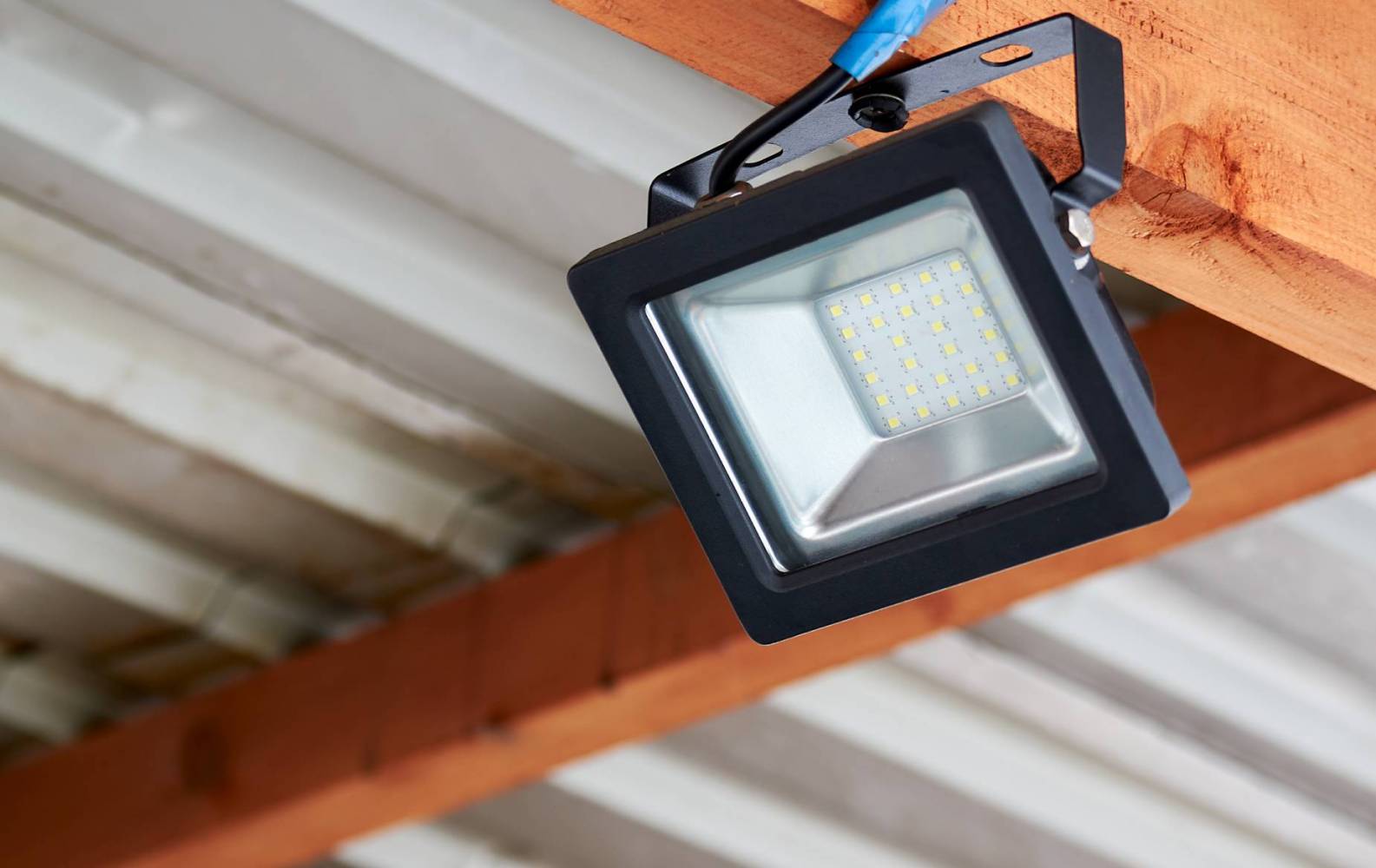
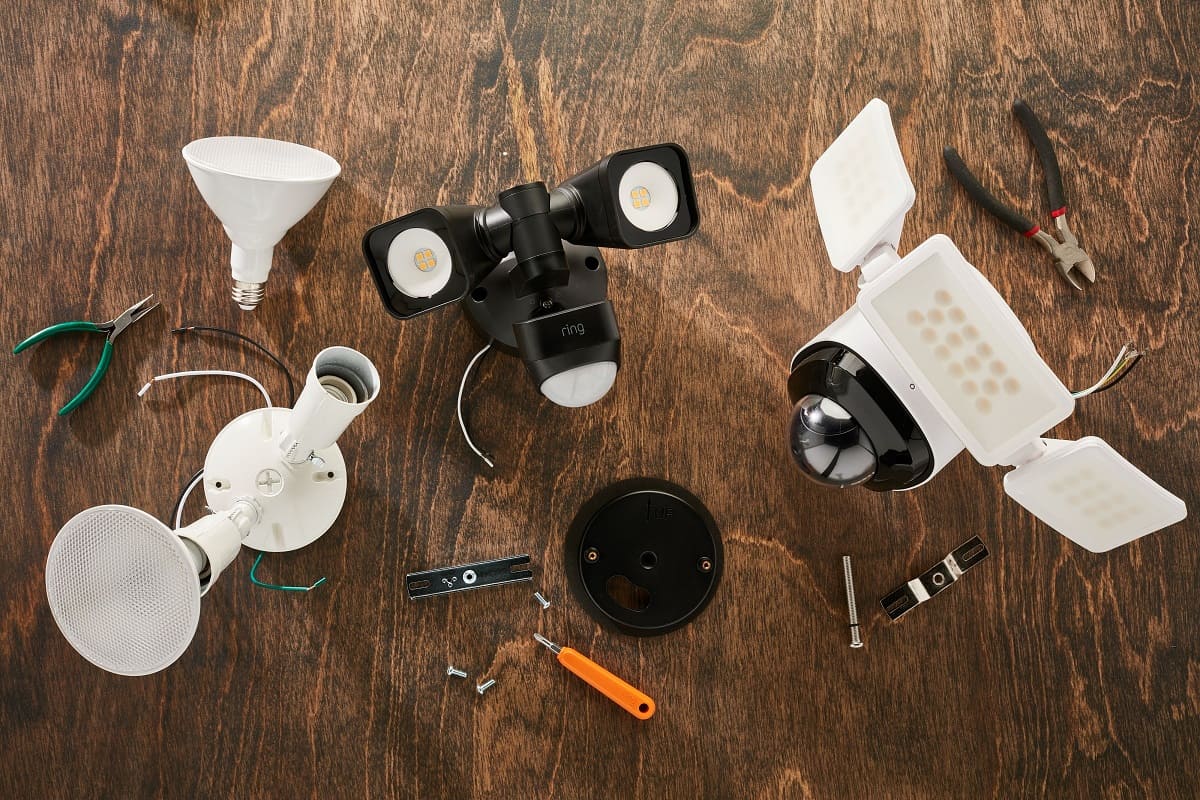

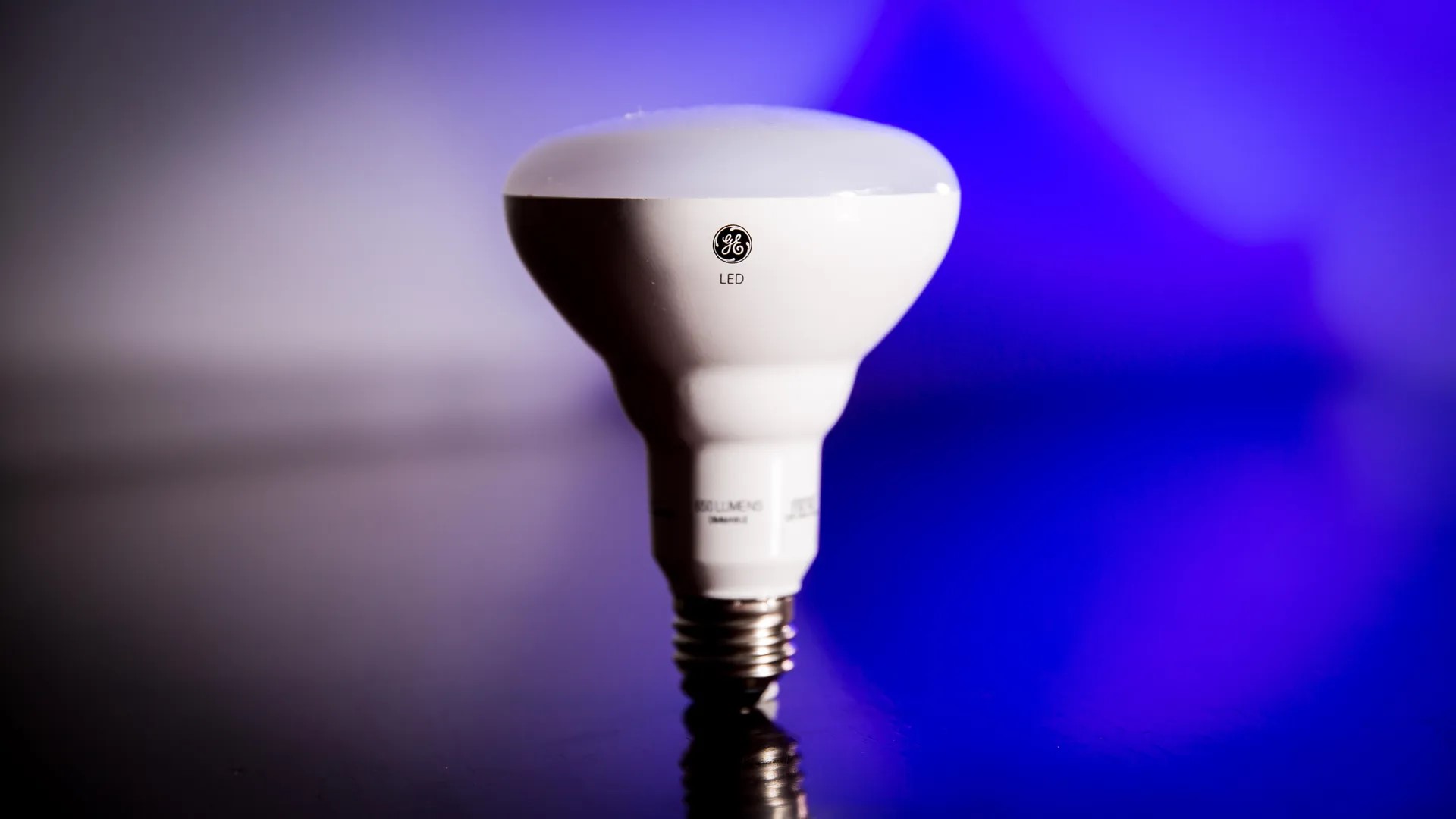

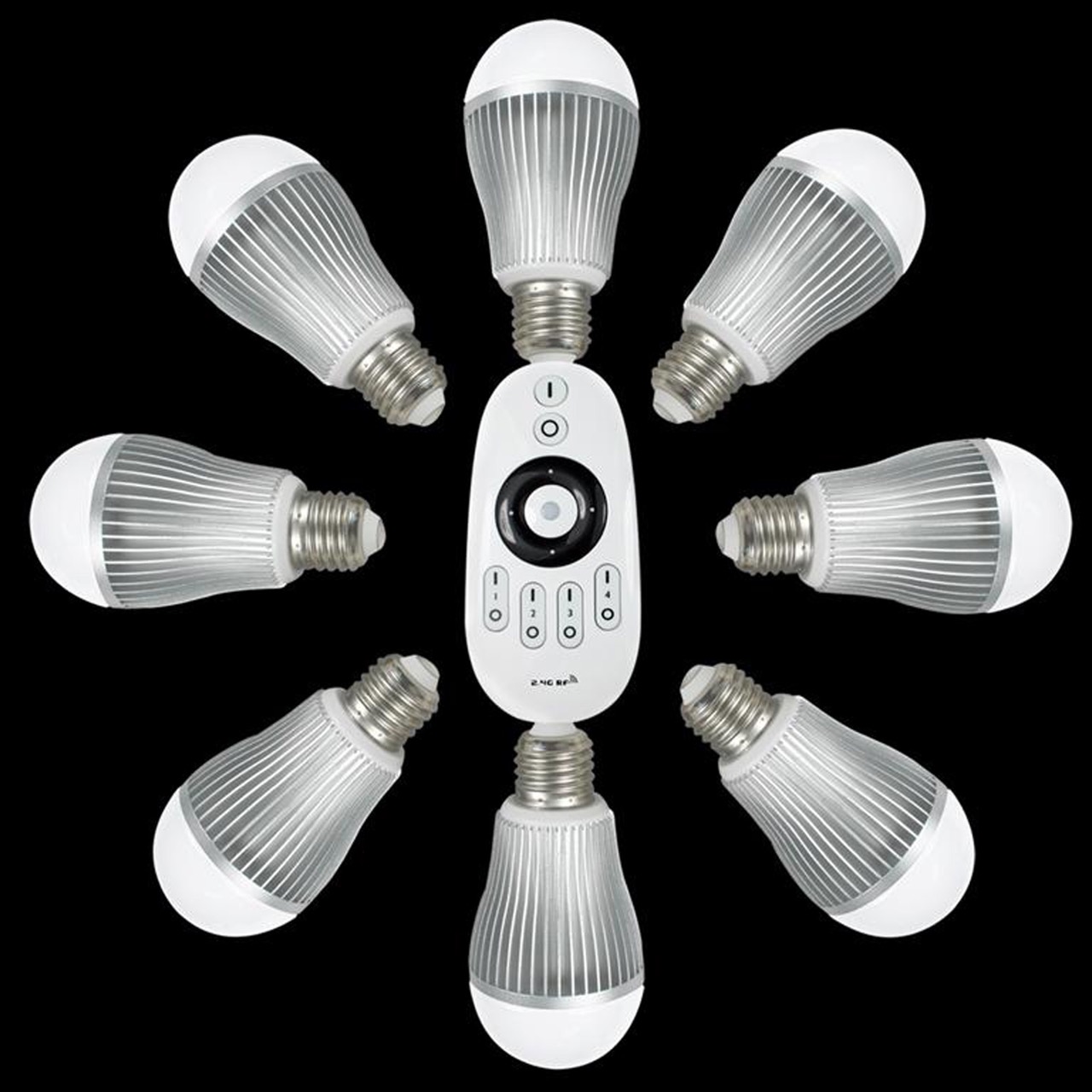
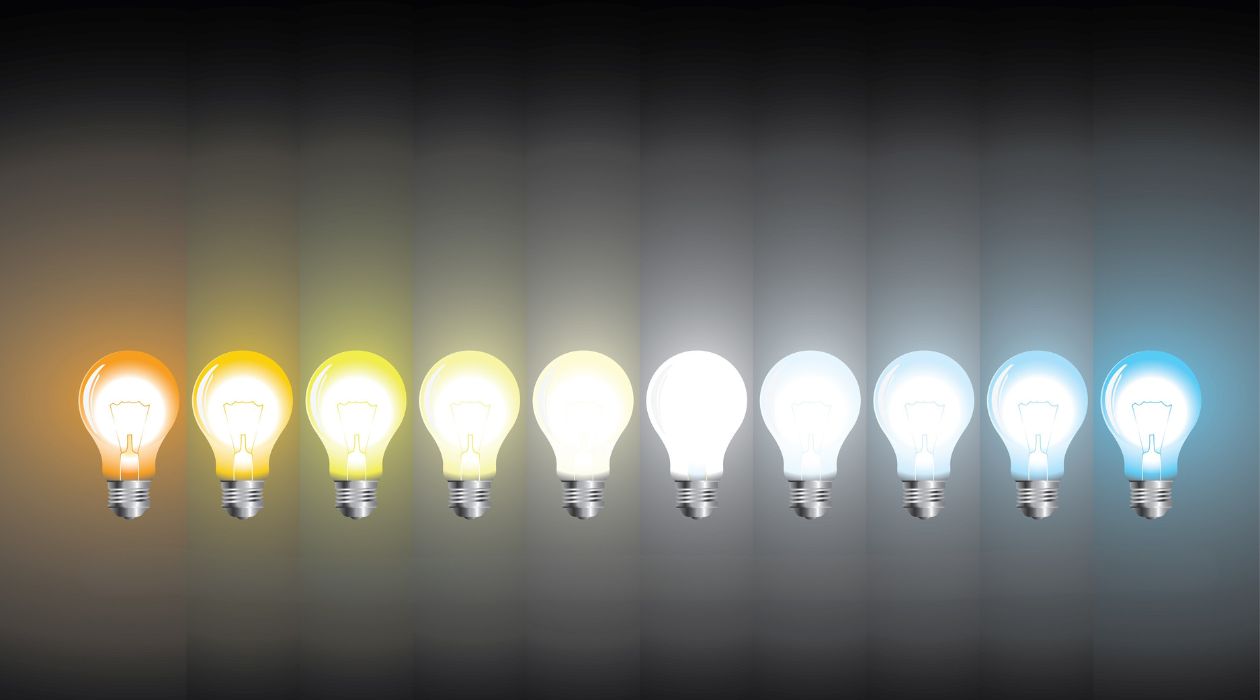
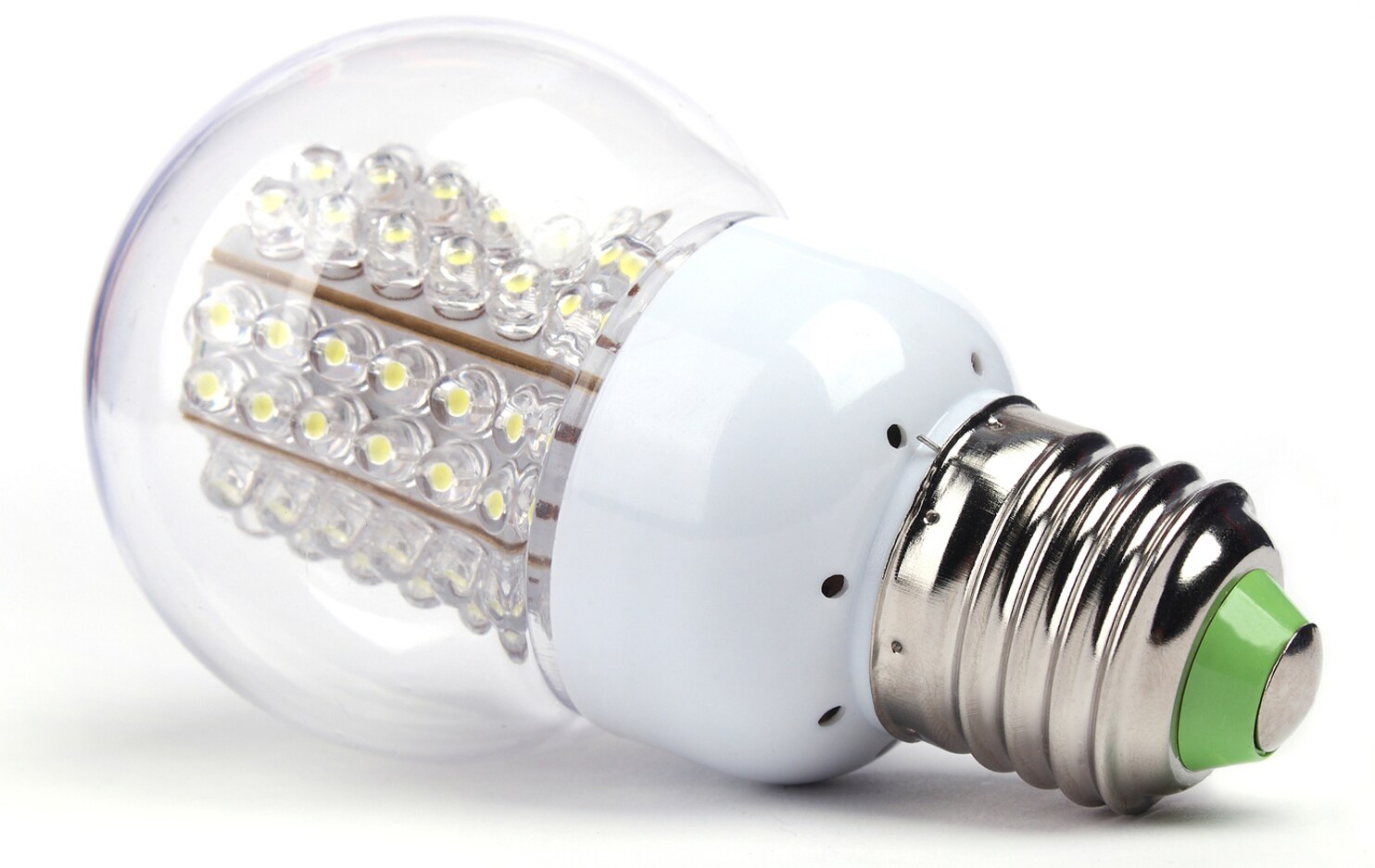
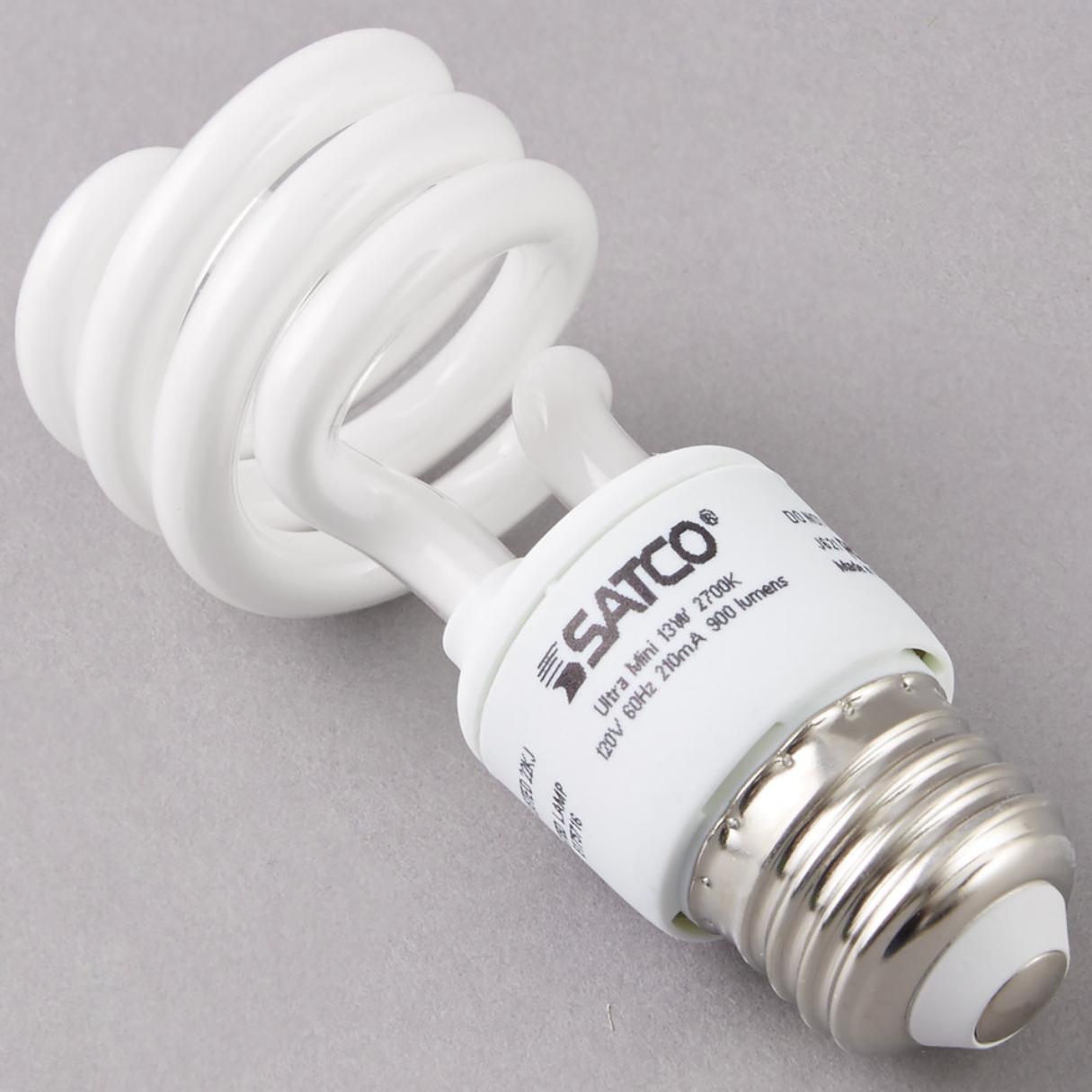
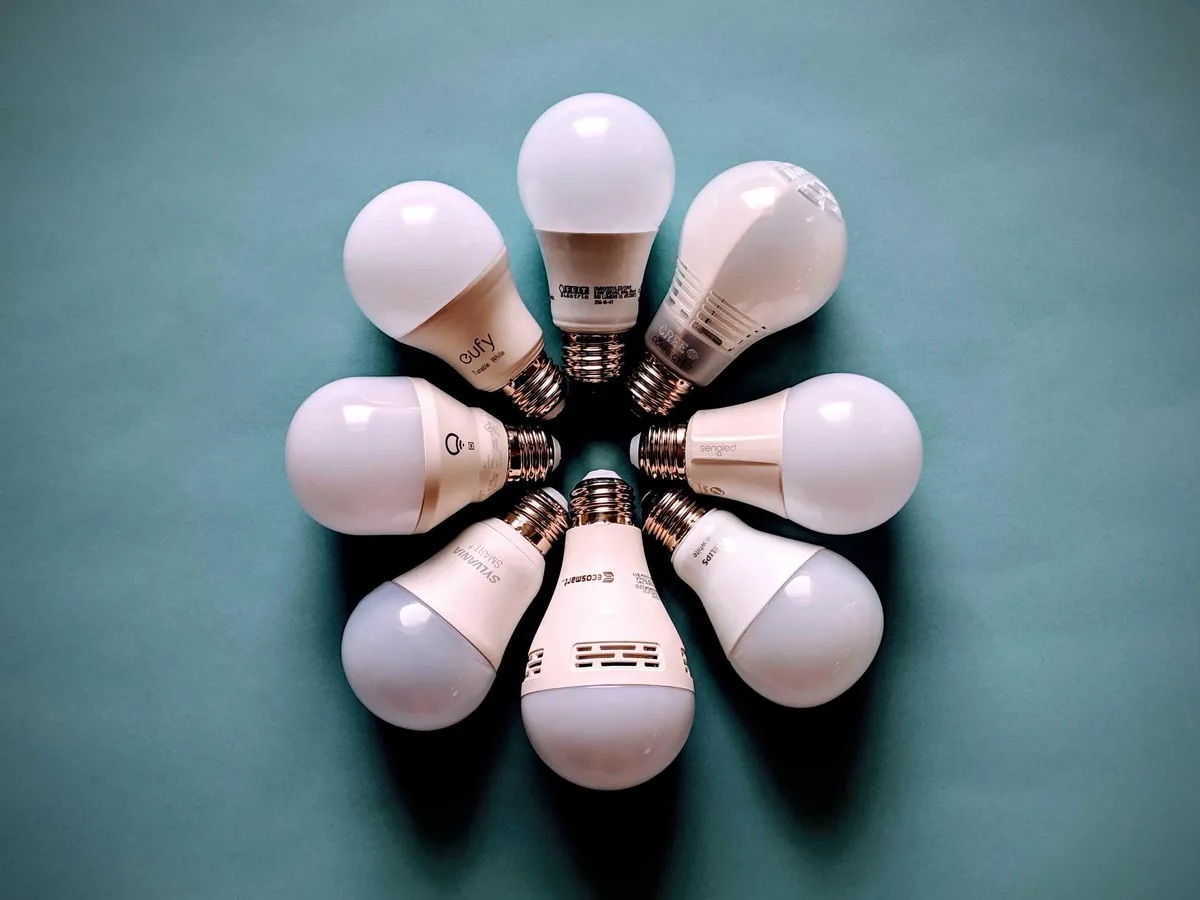
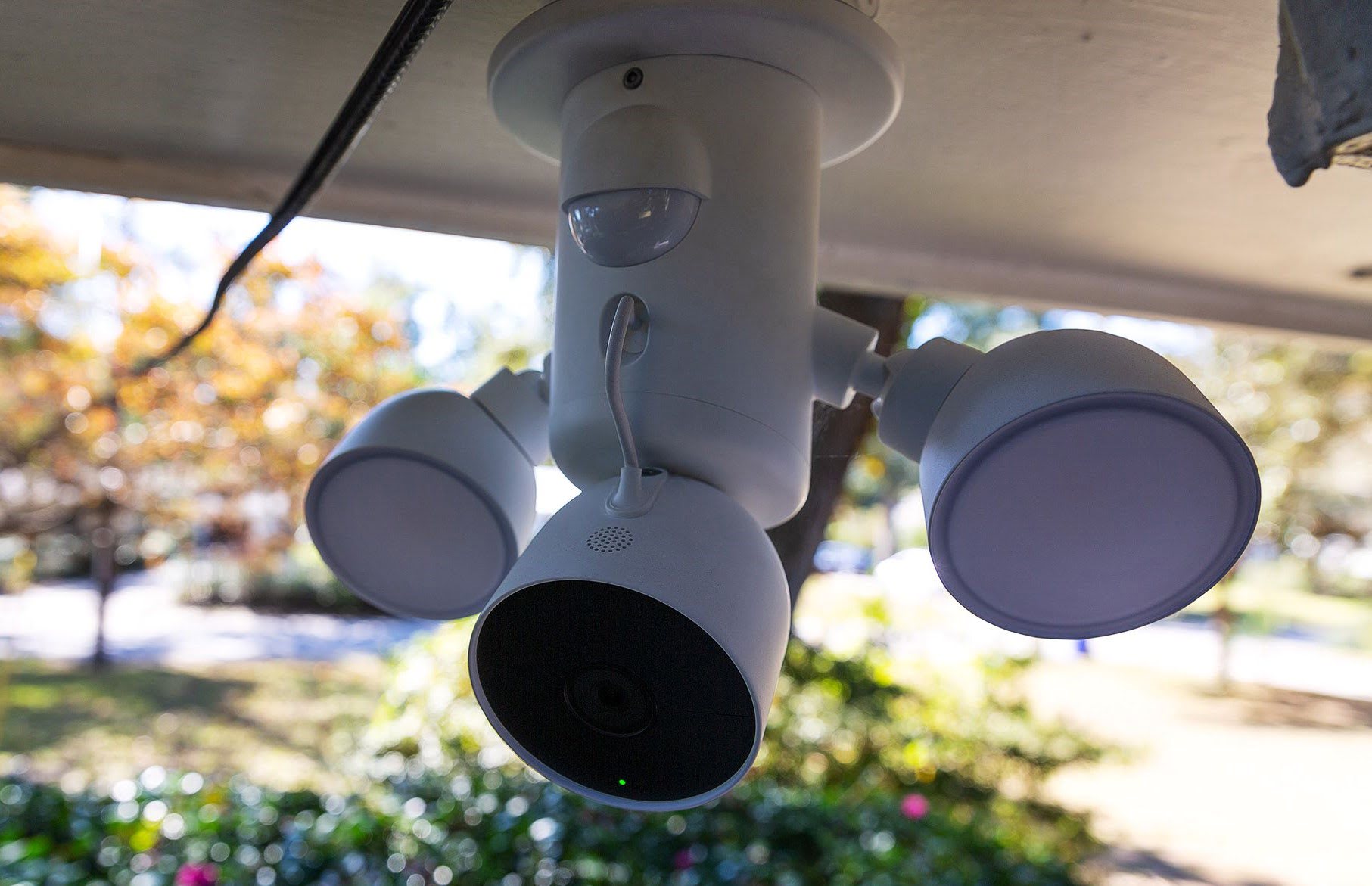
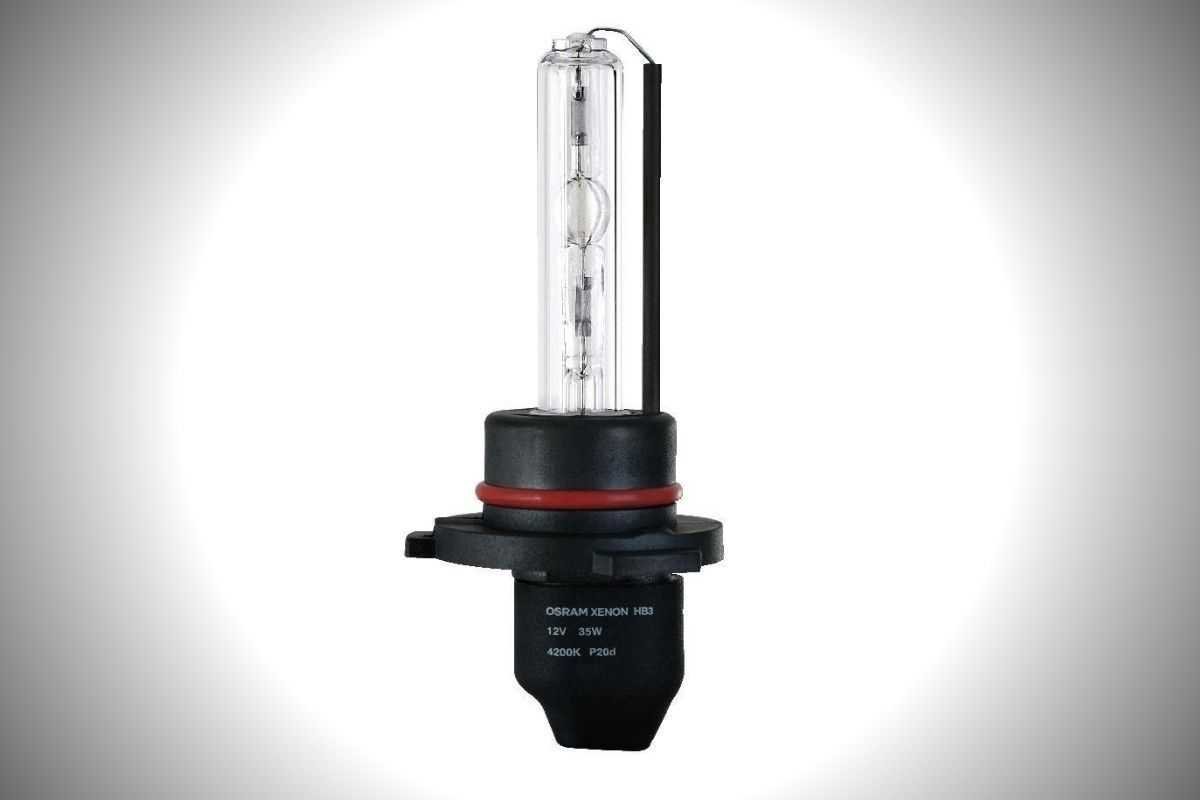
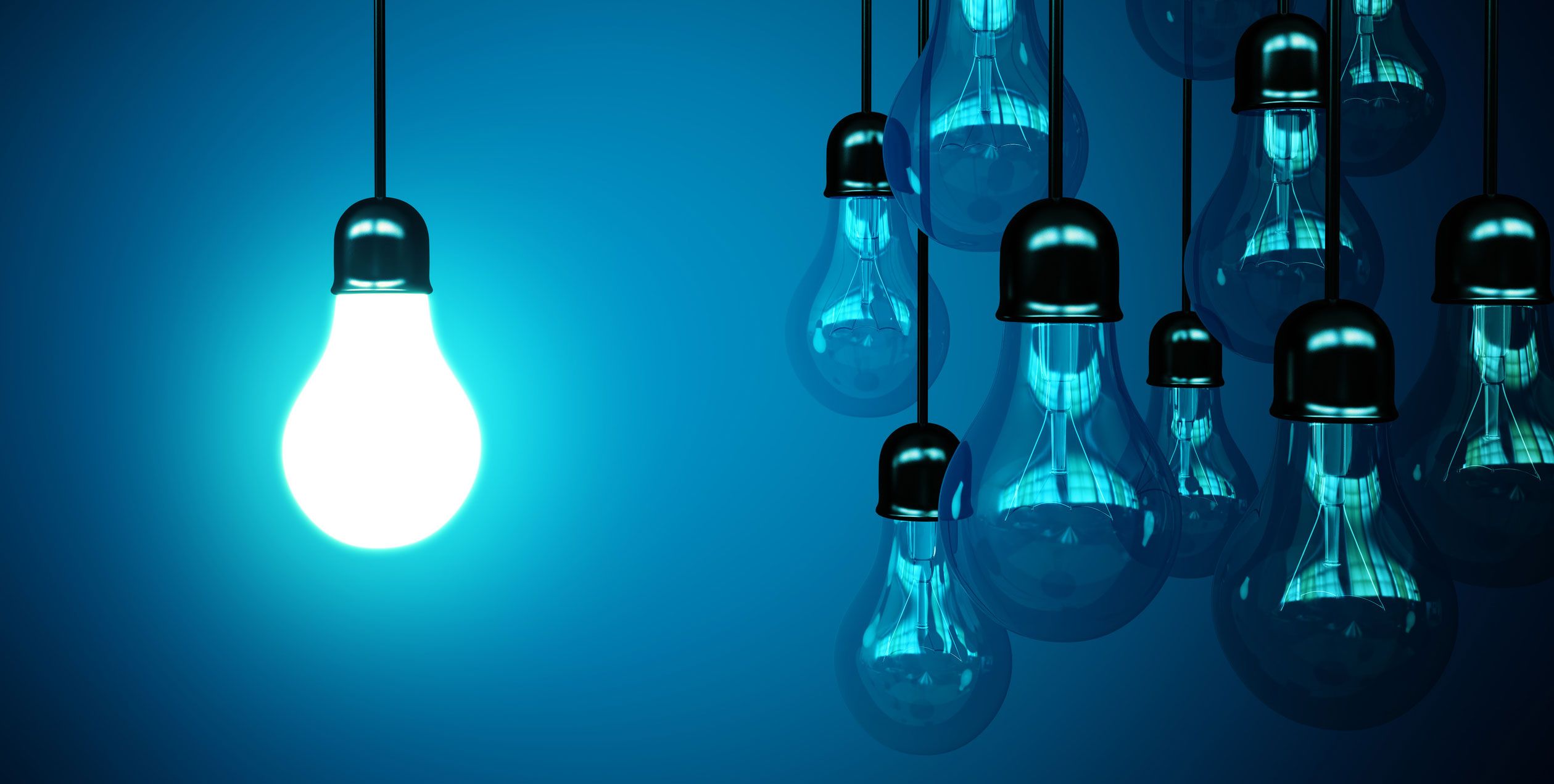
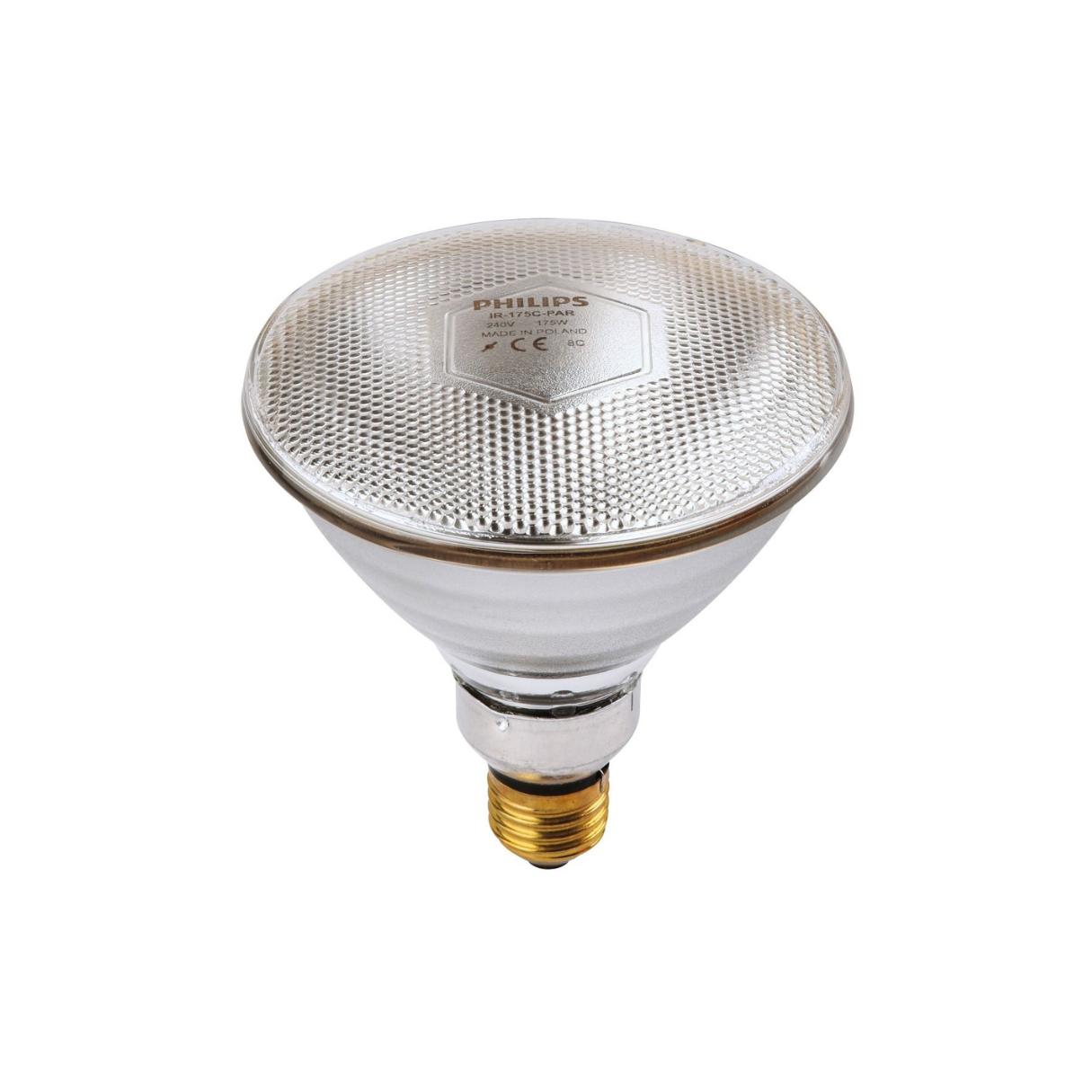

0 thoughts on “What Is A Flood Light Bulb?”